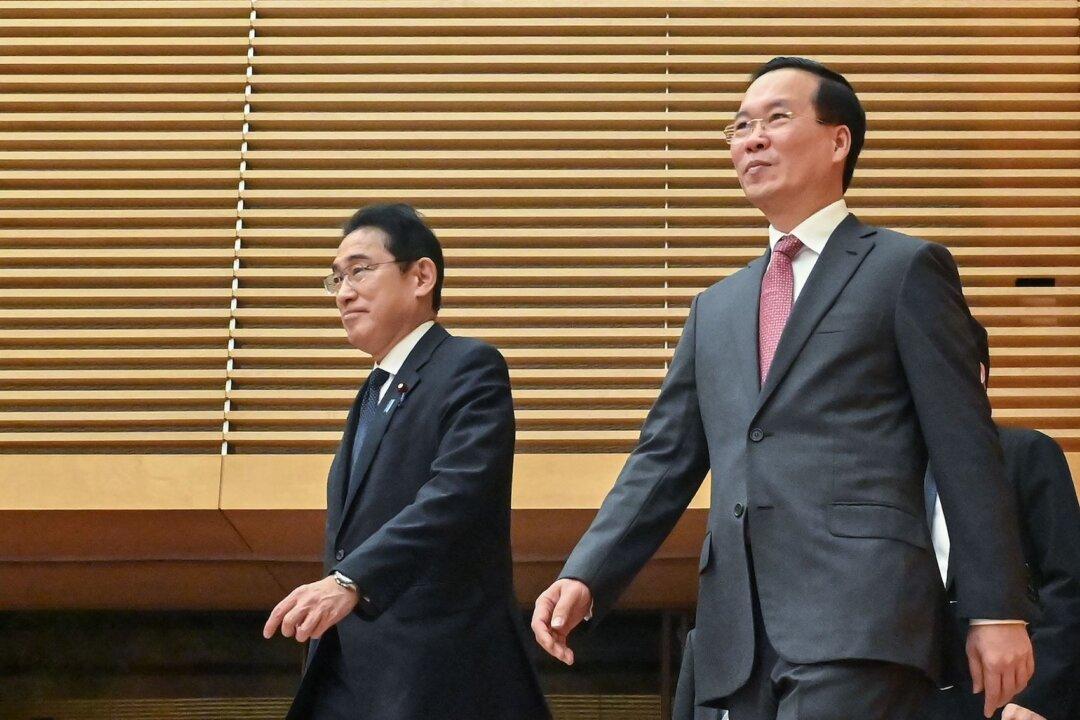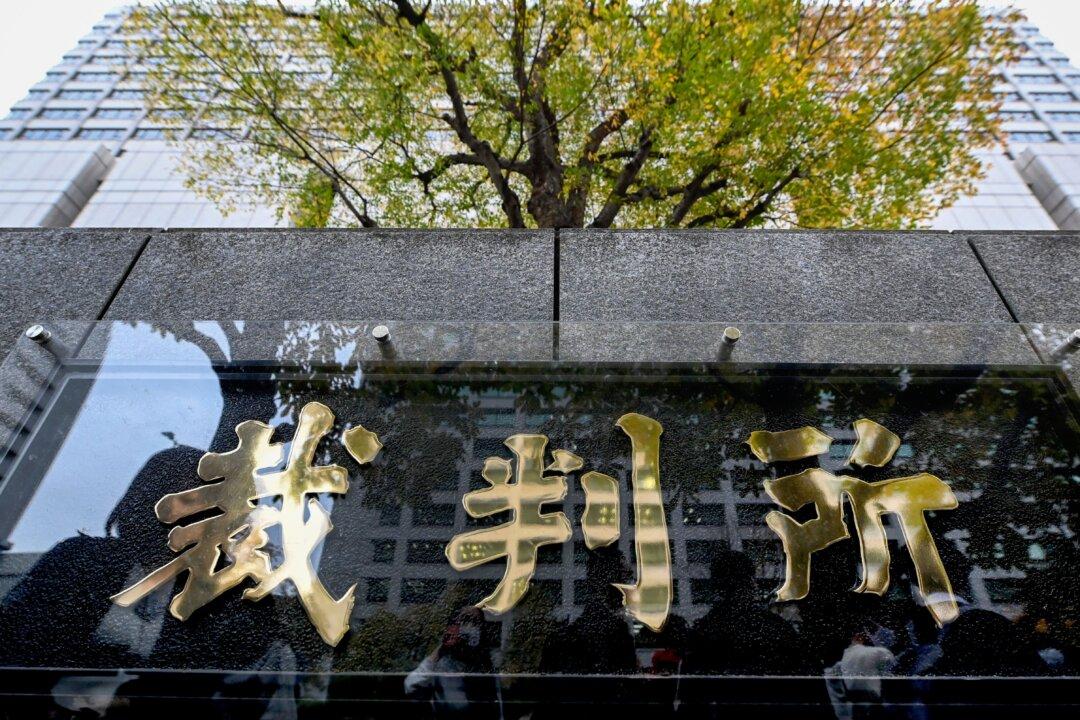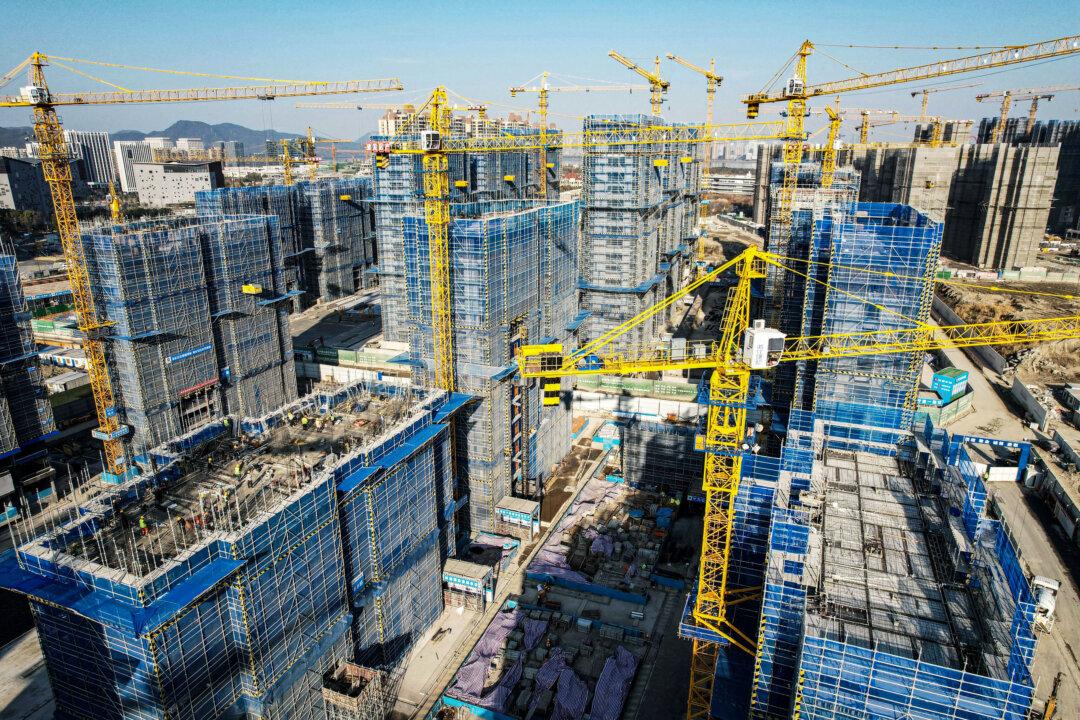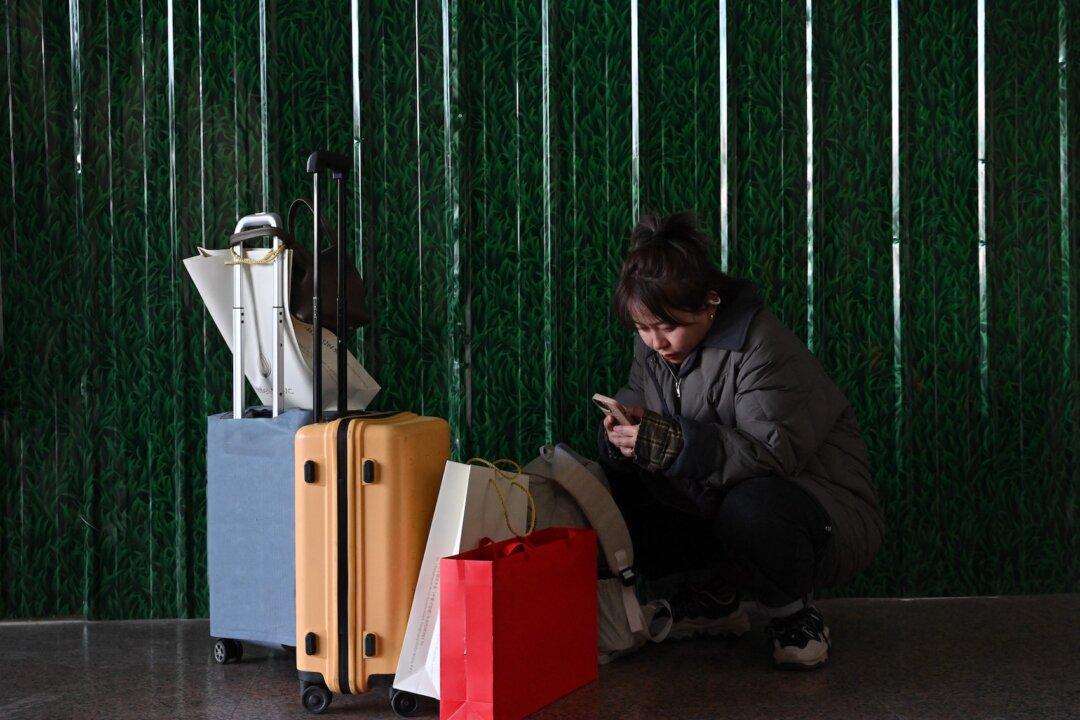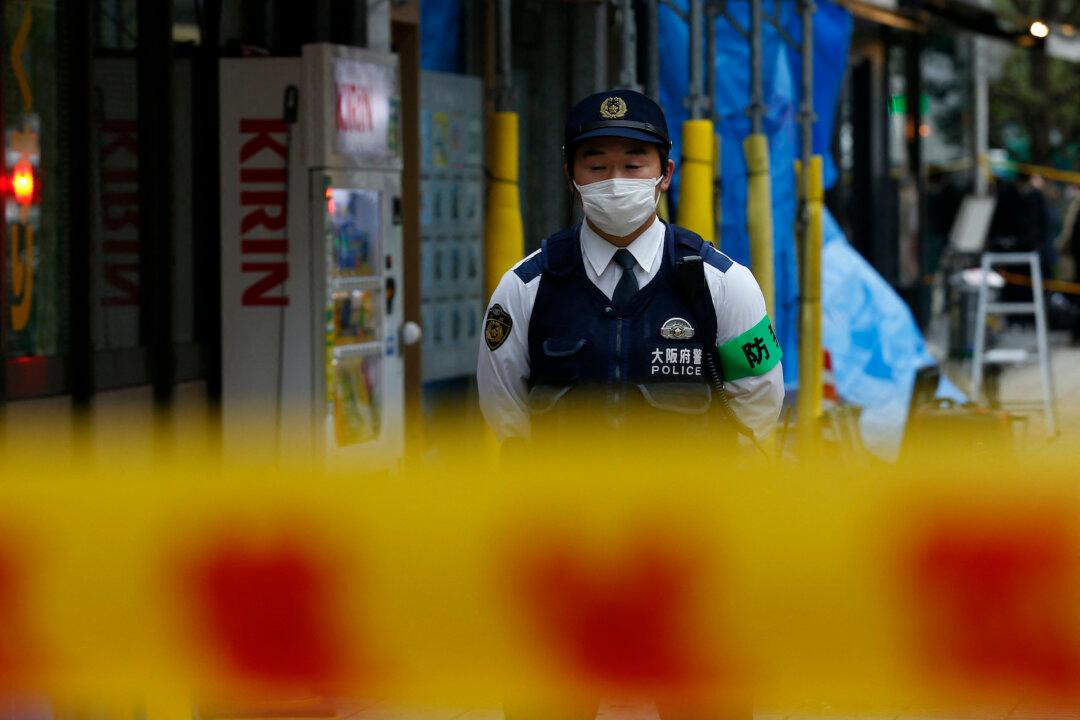Vietnamese President Vo Van Thuong’s recent visit to Japan has highlighted the Southeast Asian country’s growing importance among nations concerned about Beijing’s behavior, including its maritime claims in the South China Sea.
Located in the eastern part of the Indochina Peninsula, Vietnam shares borders with China, Laos, and Cambodia and has coastlines along the Gulf of Thailand and the South China Sea.
As a significant economic player in Southeast Asia, Vietnam has become attractive for Western countries looking to diversify their supply chains and mitigate strategic risks. It also plays an essential role in the global supply chain for some world-leading companies.
According to official data, Vietnam has attracted foreign investment from 142 countries and regions. Major technology giants like Intel, Apple, Google, and Boeing are actively expanding their research in Vietnam’s supply chain.
U.S. President Joe Biden visited Vietnam in September, elevating the U.S.-Vietnam bilateral relationship to a “Comprehensive Strategic Partnership.” This has been seen as a sign of Hanoi growing closer to Washington under the backdrop of the U.S. advancing its “Indo-Pacific Strategy.”
Furthermore, Vietnam has taken a firm stance on territorial disputes. On Aug. 31, Vietnam’s Ministry of Foreign Affairs strongly opposed Beijing’s inclusion of the Paracel and Spratly Islands in its 2023 standard map, asserting its territorial rights based on the United Nations Convention on the Law of the Sea.
According to Li Yuanhua, a China expert and former associate professor at Capital Normal University in China, Vietnam is one of the few Southeast Asian countries opposing the Chinese Communist Party’s (CCP) assertive policies in the South China Sea. In Vietnam, especially within the political and business circles, there is little goodwill towards the CCP.
Mr. Li said that despite the substantial trade volume between the two countries, Vietnam actively seeks alternative economic avenues to reduce its dependence on China.
The Vietnamese place great importance on their economy but know that Beijing is a potential threat to its neighboring countries.
He said the CCP has aimed to pull Vietnam back into a pro-Beijing orbit, but the Vietnamese have resisted, with their president’s visit to Japan being one example.
On Nov. 27, Japanese Prime Minister Fumio Kishida held talks with Mr Thuong, where they agreed to deepen their countries’ security cooperation and discussed issues related to Japan’s supply of defense equipment to Vietnam.
Mr. Kishida stated that Vietnam is a vital partner in achieving a “free and open Indo-Pacific,” and the two nations will expand their cooperation in diplomacy, security, economics, and culture.
Both leaders agreed to advance Japan’s export of defense hardware to Vietnam under the “Agreement concerning the Transfer of Defense Equipment and Technology” signed in 2021 and bolster cooperation in maritime security and safety.
Regarding the South China Sea situation, they both strongly opposed attempts to unilaterally change the status quo by force or coercion.
Mr. Li suggested that Vietnam’s recent signing of partnership agreements with the United States and Japan stemmed from concerns over China.
He said this makes the CCP increasingly anxious as it is already in conflict with the Philippines in the South China Sea.
Vietnam getting closer to the United States and Japan is seen as a threat by Bejing, which sent Chinese Foreign Minister Wang Yi to visit Vietnam on Dec. 1 in what has been seen as a preparatory step for a higher-level meeting between the two countries, paving the way for a visit by CCP leader Xi Jinping.
Ongoing China-Philippines Conflicts
This all comes as the Philippines and China have experienced ongoing conflict over sovereignty disputes in the South China Sea, particularly concerning island reefs.On Nov. 16, the Philippine Department of Foreign Affairs called on Beijing to dismantle illegal structures within the Philippines’ exclusive economic zone in the South China Sea, halt land reclamation projects, and take responsibility for the damage caused to the water area.

The Philippine Coast Guard reported that on Nov. 10, Chinese coast guard vessels deployed as many as 38 ships near Second Thomas Shoal and used water cannons to disrupt Philippine vessels carrying out resupply missions.
Second Thomas Shoal is located 190 kilometers from the Philippines’s Palawan Island, entirely within its exclusive economic zone.
The Philippine Navy’s BRP Sierra Madre ran aground at Second Thomas Shoal in 1999 and has since resupplied troops stationed on the vessel. However, Beijing claims sovereignty over nearly the entire South China Sea, including the Second Thomas Shoal. It has deployed ships to patrol the area, demanding prior notification from the Philippine military for resupply missions to the reef.
Mr. Li believes China has already lost the Philippines in the South China Sea and is becoming increasingly passive in Southeast Asia.
“If Vietnam follows suit, it would be placed in an even more challenging situation. Therefore, the CCP is genuinely concerned and anxious this time,” he said.
